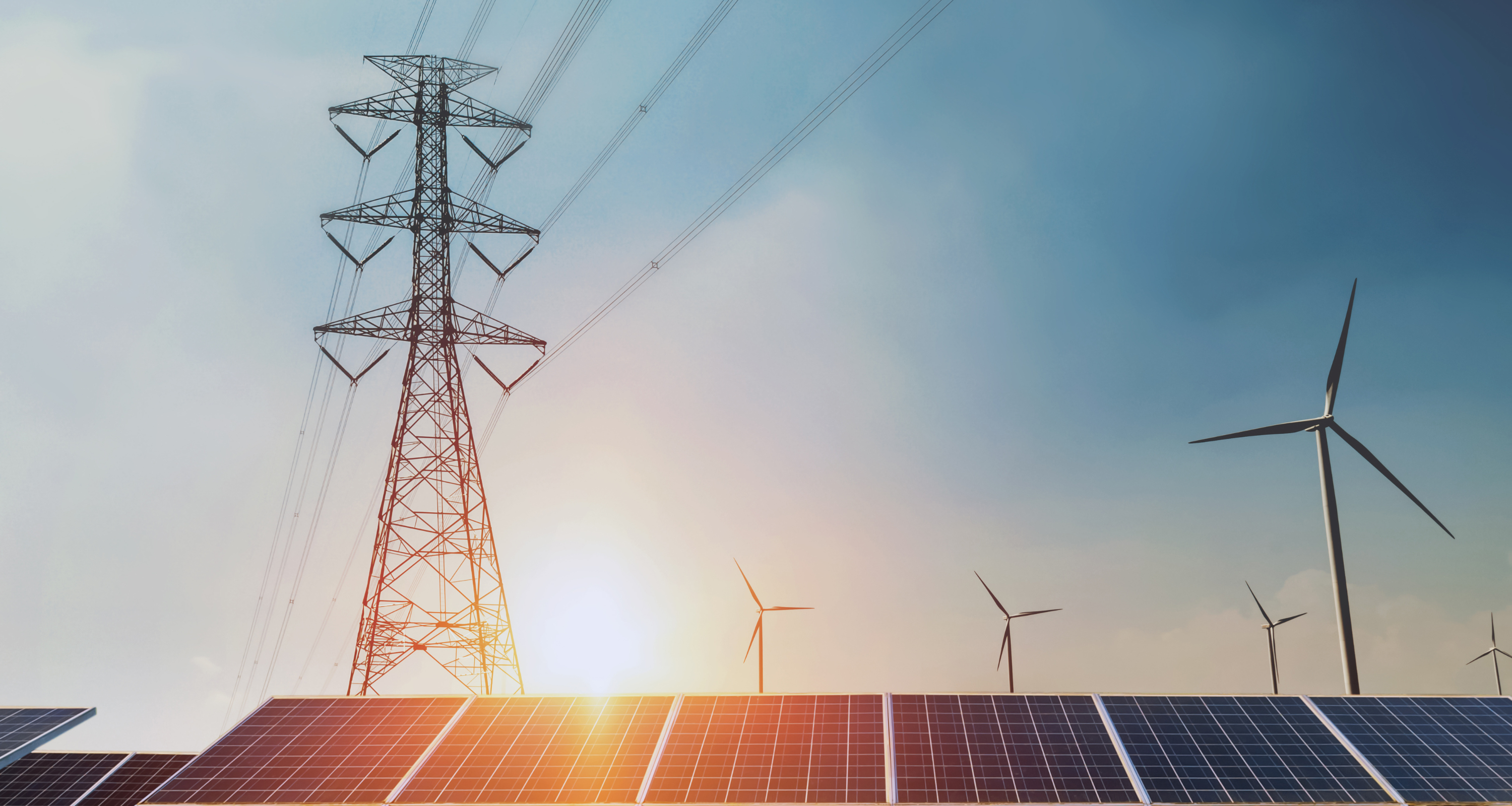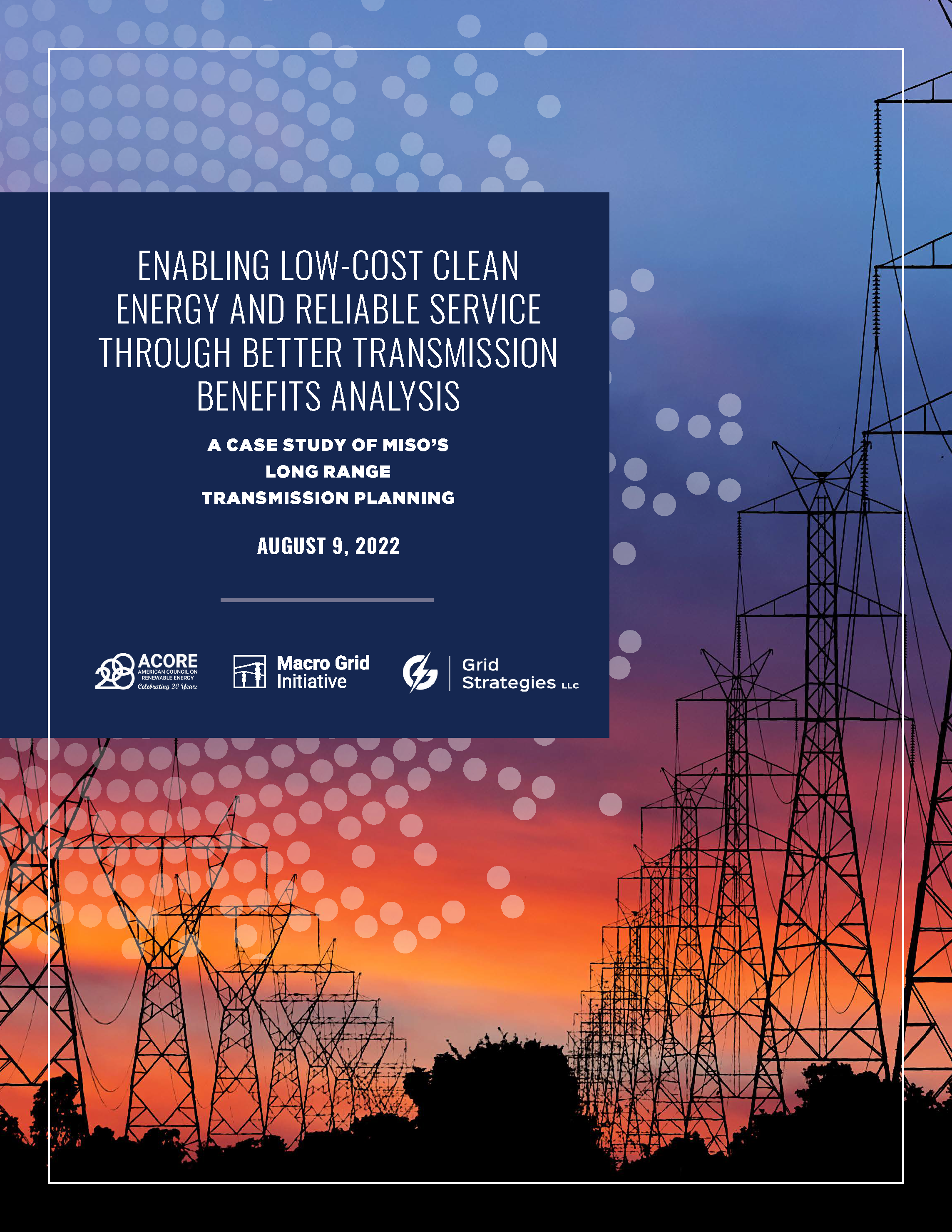- Transmission & Power Markets
- Reports
Enabling Low-Cost Clean Energy and Reliable Service Through Better Transmission Benefits Analysis: A Case Study of MISO’s Long Range Transmission Planning
The Midcontinent Independent System Operator’s (MISO) Board of Directors recently approved 18 new transmission lines, representing the largest transmission expansion to enable low-cost clean energy in U.S. history. This report examines how MISO’s evaluation of the benefits of transmission was critical in enabling that expansion. The report also compares the benefits MISO used with those suggested in the U.S. Federal Energy Regulatory Commission’s (FERC) Notice of Proposed Rulemaking (NOPR) on transmission planning.
Enabling Low-Cost Clean Energy and Reliable Service Through Better Transmission Analysis
Join leaders from across the clean energy sector.

What will our next 20 years look like? Here’s the truth: they’ll be better with ACORE at the forefront of energy policy.
Shannon Kellogg
Amazon Web Services (AWS)

